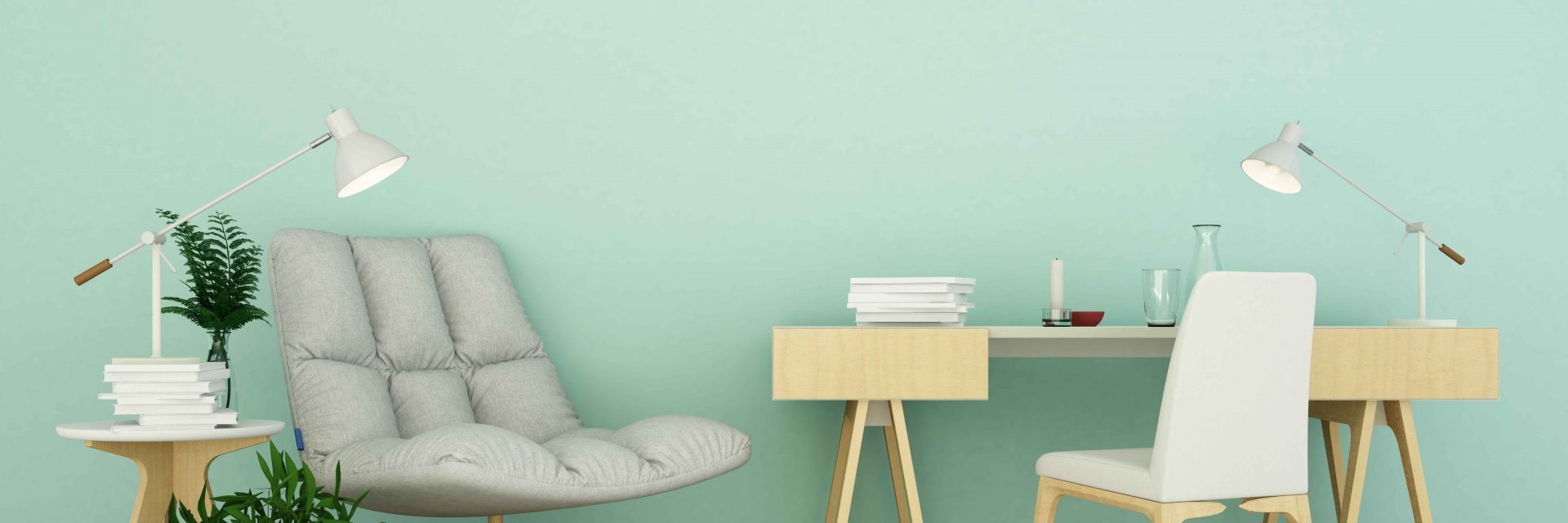Seasonal Considerations For Business Outside Paint: What You Need To Know
Seasonal Considerations For Business Outside Paint: What You Need To Know
Blog Article
Short Article By-McLamb Skafte
When you're planning an industrial exterior painting project, seasonal aspects can make or break your results. You'll want to think about exactly how temperature and moisture influence paint application and drying out times. Selecting the ideal season can guarantee your paint sticks effectively and lasts longer. However which professional painting services are absolutely the very best for this type of job? Let' plymouth house painter out the key elements that can influence your job's success.
The Effect of Temperature Level on Paint Application
When you're intending a commercial outside painting job, the temperature can considerably affect just how well the paint adheres and dries out.
Preferably, you intend to paint when temperature levels range in between 50 ° F and 85 ° F. If it's also cool, the paint might not treat appropriately, causing concerns like peeling or breaking.
On the other hand, if it's too warm, the paint can dry out too quickly, avoiding appropriate attachment and resulting in an unequal finish.
You need to also consider the moment of day; morning or late afternoon supplies cooler temperature levels, which can be a lot more beneficial.
Constantly inspect the manufacturer's suggestions for the details paint you're making use of, as they commonly supply assistance on the excellent temperature level array for ideal outcomes.
Humidity and Its Impact on Drying Times
Temperature isn't the only ecological element that influences your industrial exterior painting task; moisture plays a considerable duty as well. High humidity degrees can reduce drying times substantially, affecting the overall high quality of your paint job.
When the air is saturated with moisture, the paint takes longer to heal, which can result in issues like inadequate adhesion and a higher danger of mildew growth. If you're repainting on a particularly damp day, be planned for extensive delay times in between layers.
It's critical to keep an eye on regional weather conditions and plan appropriately. Preferably, go for humidity degrees in between 40% and 70% for ideal drying.
Maintaining these consider mind ensures your project remains on track and supplies a long lasting finish.
Best Seasons for Commercial Outside Painting Projects
What's the best time of year for your industrial outside paint jobs?
Spring and very early autumn are typically your best choices. Throughout these seasons, temperatures are light, and humidity levels are usually lower, creating suitable conditions for paint application and drying out.
Stay clear of summertime's intense heat, which can trigger paint to completely dry too quickly, leading to bad adhesion and finish. In a similar way, winter season's cool temperature levels can hinder appropriate drying out and curing, taking the chance of the durability of your paint task.
Aim for days with temperature levels in between 50 ° F and 85 ° F for optimum outcomes. Keep in mind to inspect the regional weather forecast for rainfall, as wet problems can destroy your project.
Planning around these aspects guarantees your painting job runs smoothly and lasts much longer.
Final thought
Finally, planning your commercial exterior paint projects around seasonal factors to consider can make a substantial distinction in the end result. By organizing work during the excellent temperature levels and moisture degrees, you'll guarantee better bond and drying times. Bear in mind to watch on local weather prediction and choose the right time of year-- spring and very early fall are your best choices. Taking these steps will certainly aid you attain a sturdy and expert finish that lasts.
